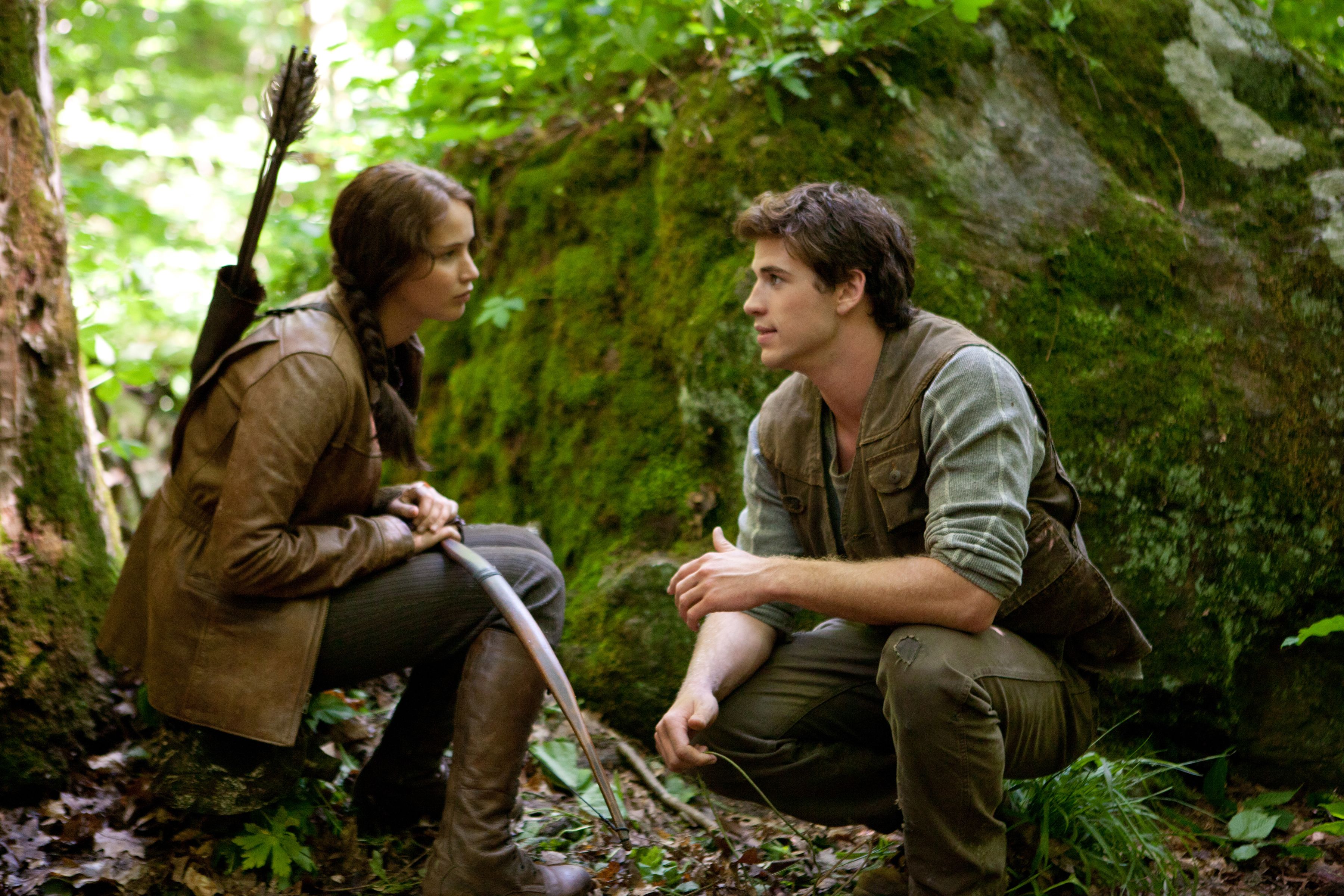In 2011, Suzanne Collin’s The Hunger Games become quickly worldwide Young Adult literature best seller. The story revolves around Katniss Everdeen, a sixteen-year-old girl that takes her younger sister’s place to fight in a survival-of-the-fittest tournament in a post-apocalyptic world. She puts herself in danger in order to protect her family, sacrifices for her district and tricks the capitol (the game leaders) through the means of her wit and intelligence. Eventually, she survives the game that forces twenty-four children to fight to their death, along with Peeta, the romantic interest who is described as far weaker than her.
Someone I immediately thought of when reading the book was Hermione Granger’s character in the Harry Potter series. What is refreshing from Collin’s is that the series main protagonist is female, and stands on her own. Though both characters share similar characteristics of intelligence and loyalty, Katniss’ character defers significantly by the fact that she is strong physically and smarter than even the strongest male characters in the books, in the arena.
Furthermore, Katniss is a strong contrast of many other female literatary characters, namely Bella Swan from the Twilight Saga. Swan is the epitome of the modern-day damsel in distress, whereas Katniss doesn’t rely on a strong male character to save the day. The trilogy has now turned into a major motion picture, and little has been changed, least of all Katniss’ strong characteristic and her portrayal of the feminine ideal. In a sociological perspective, Katniss can be seen as the feminist character that is fighting Hollywood’s age-old idea of the hegemonic masculine character and ideals constructed of gender roles that have always been in place.
Throughout the book, Katniss saves Peeta on more than one occasion and challenges what it means to be a strong female character, or what it means to be a strong main character, that isn’t defined by her gender. Sociologically, the “powered” woman has now transitioned in books and film from the masculine patterns of patriarchy and into individual women coming to terms with their lives. With Katniss, this means a stronger ideal role model for girls and an icon for feminist readers for both the book and the silver screen. “For women, the need and desire to nurture each other is not pathological but redemptive, and it is within that knowledge that our real power is rediscovered,” said Audre Lorde, writer and activist, in an essay.
Photographs courtesy of Lionsgate Entertainment.



 The
The 




































